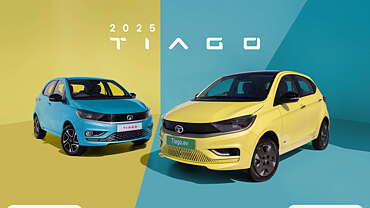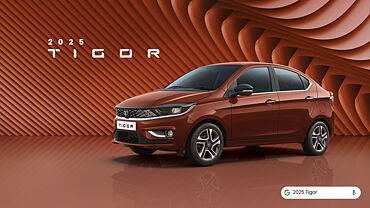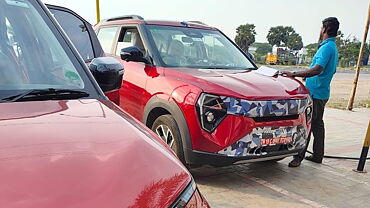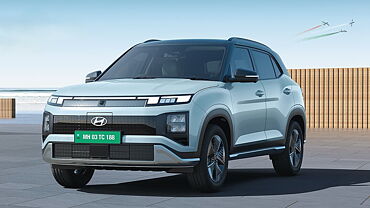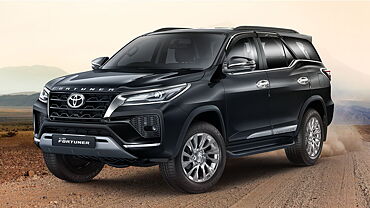
Nicolas J. Cugnot may have invented the first automobile in the world in the 17th century, but the first car in India was rolled out on the streets of Mumbai in 1898. And since then, the Indian automobile industry has come a long way. In fact, the industry, currently 11th in the world, is slated to be the fastest growing automobile industry in the world.
The first few decades (pre-Independence) were dominated by the foreign cars until our beloved Amby (Ambassador) was born. It marked the beginning of a new era. Better known as "License Raj" because of the protectionist economic policies closing all doors to imports and exports. Very few companies received permits to manufacture cars in India. Among the first were, still popular, Hindustan Motors; Premier Auto Ltd and Tata Motors (then TELCO). Each of the licensees could manufacture limited number of select models and types of vehicles. Hindustan Motors were the first to introduce the Ambassador, a direct derivation of the Morris Oxford (a British car), in 1957; and as we all know, the car was a huge success because of the adoption by the babus, use as taxis and as an indicator of luxury.
I had recently gone to a Tata-Fiat showroom to test drive the all new Fiat Palio Stile. Upon requesting a brochure, I got a glossy red paper that said "The Fiat of the new Generation" with a photograph of the new Palio and an old Fiat 1100 (actually its successor, the Premier Padmini) with a family of three. It is enough to make most of us nostalgic as the Padmini was an integral part of a common man's life for several decades till the 1990s. We still find them on the roads of Mumbai painted in black and yellow. The groaning Padminis are still music to the ears of many.
Not that the Amby and the Padmini were the only automobiles present during the License Raj. There were the Tatas, the Bajajs, the Standards and the Ashoks. All of them catering to completely different markets including trucks, auto-rickshaws, pick-ups and other utility vehicles. So, Amby and Padmini were undisputed leaders of the car market.
Oh, we went a little too quickly to the 1990s. Let's go back a little, to the 1980s, when Maruti (a Government promoted company) launched Sanjay Gandhi's dream car, the then "people's car", the Maruti 800. It was still the Permit raj era, but things were bit different for Maruti (in partnership with Japan's Suzuki) as the controlling stake was with the Government. Maruti 800 had taken the Indian automobile standards to a whole new level. For car buyers, it (800) wasn't particularly a hoot to drive but they now had a sleek, reliable, fuel efficient and more importantly ultra-small, extremely maneuverable creature that didn't burn a big hole in their pocket.
Coming back to the 90s, government now had shown signs of opening gates to foreign players and abolishing the License raj. Maruti launched a few more models in the form of Maruti 1000 (a sedan, the predecessor of the now-discontinued Esteem) and a super stud, the Gypsy. Meanwhile, PAL (makers of Padmini) had tied up with French car major Peugeot; and HM had given the Amby quite a few nose jobs (ironically Amby still doesn't look far different from the original Morris Oxford despite the facelifts). They also had a filler, the Contessa which didn't make a fortune for them like the Ambassador did. PAL failed with the Peugeot 309 and also failed to keep up the development pace for the Padmini, while Maruti had just discovered another masterpiece, the Zen. Nothing noteworthy happened till 1996, when a few foreign manufacturers decided to set up shop here. The major ones Fiat, Hyundai and Daewoo launched Uno, Santro and Matiz respectively. Ill-fated Fiat India has struggled to make an impression from day one. The Santro became an unbeatable package because of the top-notch quality and service (and partly because of Shahrukh Khan's endorsement!) A new war was waged. We all know it as the "small car war". Everybody wanted to have a piece of the pie, and the Santro was the car to beat. Maruti launched the Wagon R with drastically unconventional looks which took a while to catch up. Improvements in road infrastructure led a few more manufacturers to India. Those were Ford, General Motors (Opel), Honda and Toyota; however none of them tried their luck with a small car. Those who did were going to lead the Indian automobile industry.
The war wasn't over just yet. People still wanted "A big small car" and "More car per car", a car that would beat Amby in space, a car that could do tens of kilometers to a litre, a car that didn't cost much. The Indica did most of it. Although designed in Italy, it became the first "true" Indian car. And some of you might know that it was exported too. Indica was sold in UK as the City Rover under the MG Rover umbrella.
Since 1998, there has not been the smallest lull in the Indian automobile market. It has taken a giant leap in a last decade to become the hottest automobile market in the world. Almost every car manufacturer in the world wants to have an outlet here. It's not just the possibility of dumping a large number of chassis that's attracting them here, but the "frugal engineering" that everyone wants to exploit to reduce the costs and be competitive in price-sensitive markets. India is already manufacturing close to 1.5 million cars every year [source: economywatch.com] and new cars are being planned almost every day. The Hyundai i10 became the first car to be sold worldwide but manufactured exclusively in India. This is certainly going to establish India as an "auto hub" in this part of the world. Pune was recently tagged as "Detroit of India" when GM and Volkswagen drove down to Chakan-Talegaon (near Pune); and also because of the existing large footprint of auto majors and the ancillaries. On the dark side, the infrastructure has been struggling to keep up with the pace of automobile penetration. Most of the metros here are already facing huge traffic issues; and the situation is only likely worsen with the launch of the world's most awaited car, the people's car, the Nano.
